Lock and Load with Starfinder Armory … And Beyond
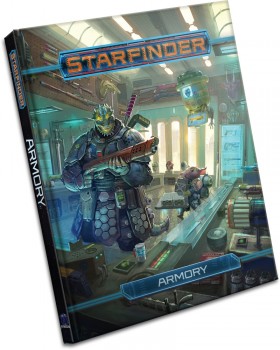 One of my favorite games over the last year has been Starfinder, the “Dungeons & Dragons in space” game from the makers of the Pathfinder RPG. I’ve covered this game since its initial announcement, and was thrilled to begin playing it when it was initially released at Gen Con 2017.
One of my favorite games over the last year has been Starfinder, the “Dungeons & Dragons in space” game from the makers of the Pathfinder RPG. I’ve covered this game since its initial announcement, and was thrilled to begin playing it when it was initially released at Gen Con 2017.
Pathfinder typically releases a torrent of rulebooks and supplements over the course of the year, at least two softcover supplements a month plus an adventure module, but by comparison Starfinder was much more modest in its approach. As a new game, for one thing, they really had no idea exactly what kind of demand there would be. Since the release of the Starfinder Core Rulebook, there was a quick release of the Starfinder Alien Archive and then the Starfinder Pact Worlds setting book, both welcome additions. And they’ve released their bi-monthly Dead Suns Adventure Path over the course of the first year, providing an extended adventure campaign, setting information, equipment, and adversaries.
While the array of equipment originally offered in the Core Rulebook was impressive, a science fantasy game of flying between worlds in spaceships calls out for cool gadgets and robots and weapons and power armor, not to mention magical items. Some have been dropped here and there among the creatures and setting information, but Gen Con 2018 saw the release of the Starfinder Armory (Amazon, Paizo), which provides ample options for anyone who felt that their character’s inventory was lacking.
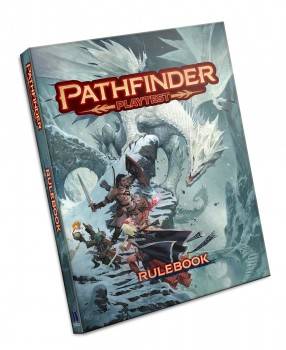
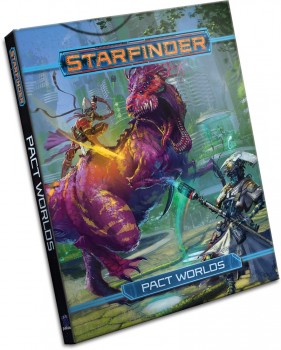
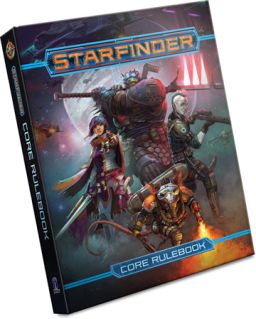
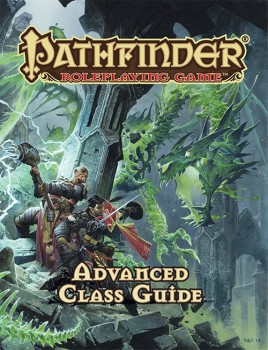
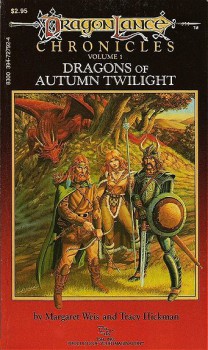 This week concludes Black Gate‘s interview with author and editor James L. Sutter with a discussion of the pros and cons of media-tie in fiction, the Before They Were Giants anthology which collects the first sale short fiction of many big name writers, and a look at what James is working on now. Be sure to check out parts
This week concludes Black Gate‘s interview with author and editor James L. Sutter with a discussion of the pros and cons of media-tie in fiction, the Before They Were Giants anthology which collects the first sale short fiction of many big name writers, and a look at what James is working on now. Be sure to check out parts 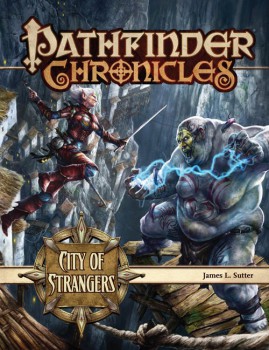 Last week we were just getting started in
Last week we were just getting started in  I recently caught up with Paizo’s James Sutter for a conversation about his work heading up Pathfinder’s new fiction line, as well as his own writing and influences. In part one of our conversation James tells us about his new novel for Pathfinder,
I recently caught up with Paizo’s James Sutter for a conversation about his work heading up Pathfinder’s new fiction line, as well as his own writing and influences. In part one of our conversation James tells us about his new novel for Pathfinder, 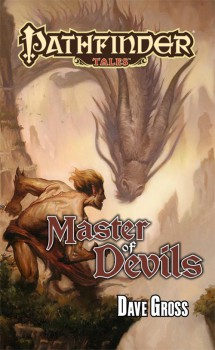 Master of Devils
Master of Devils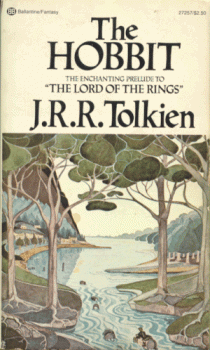 Last week in
Last week in